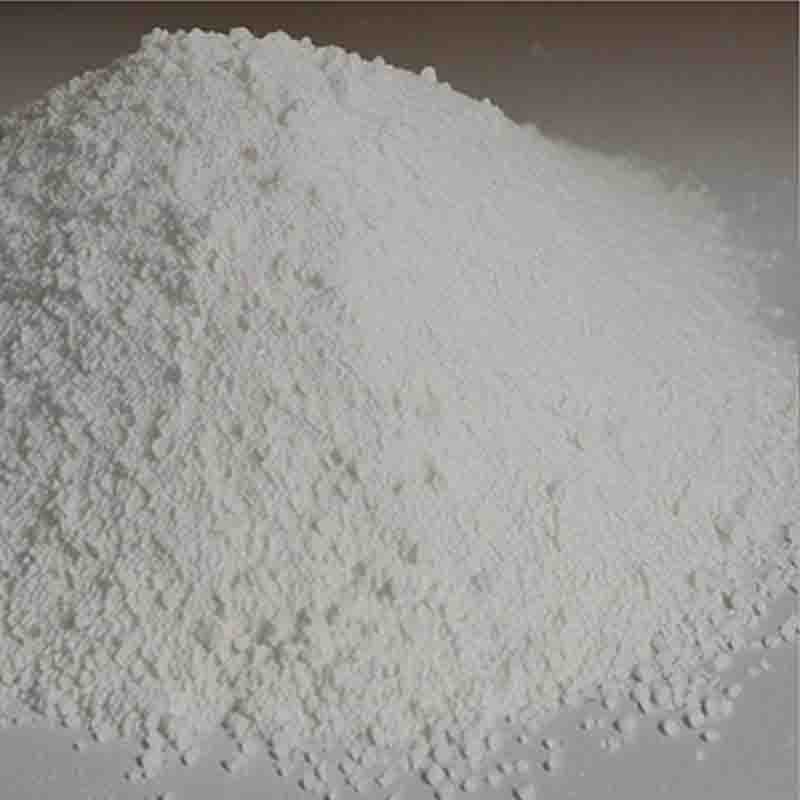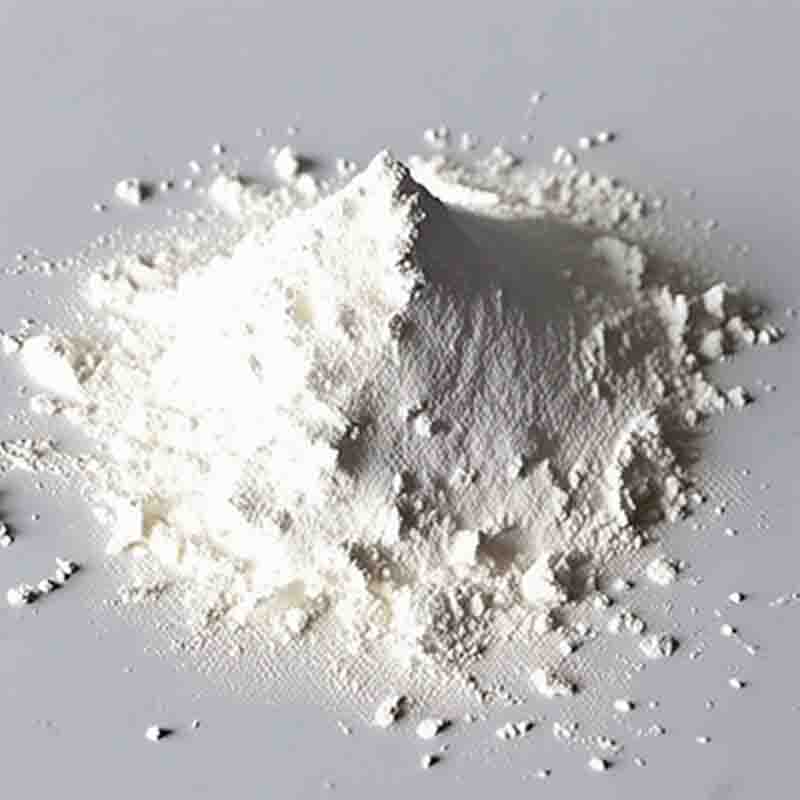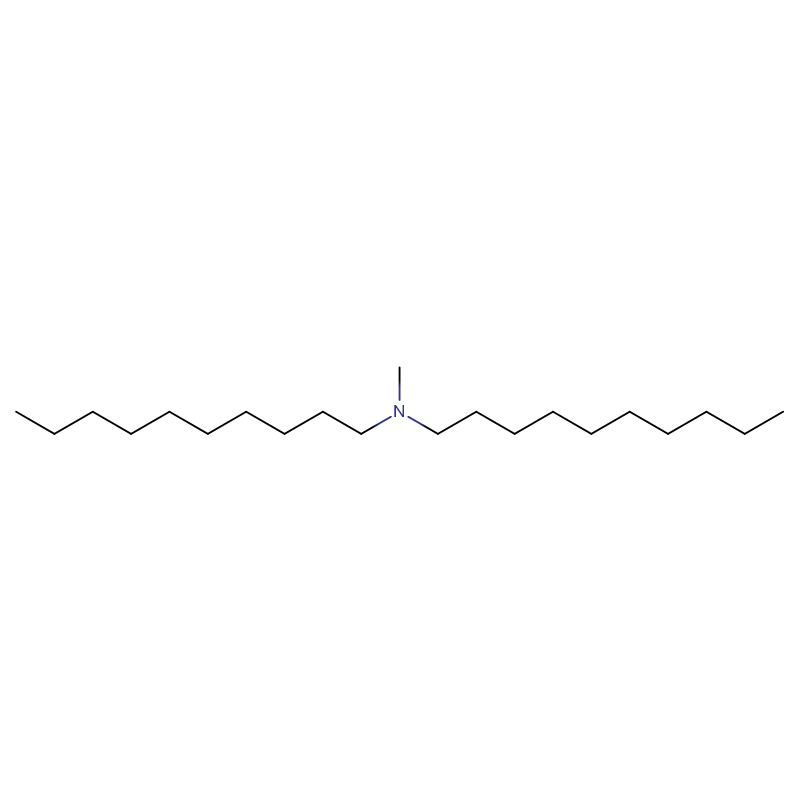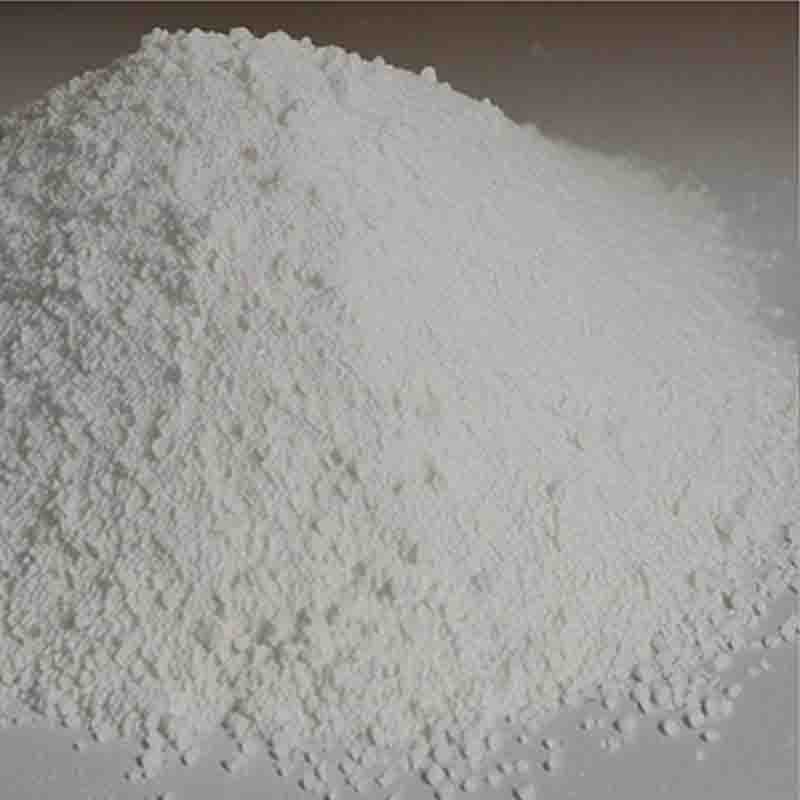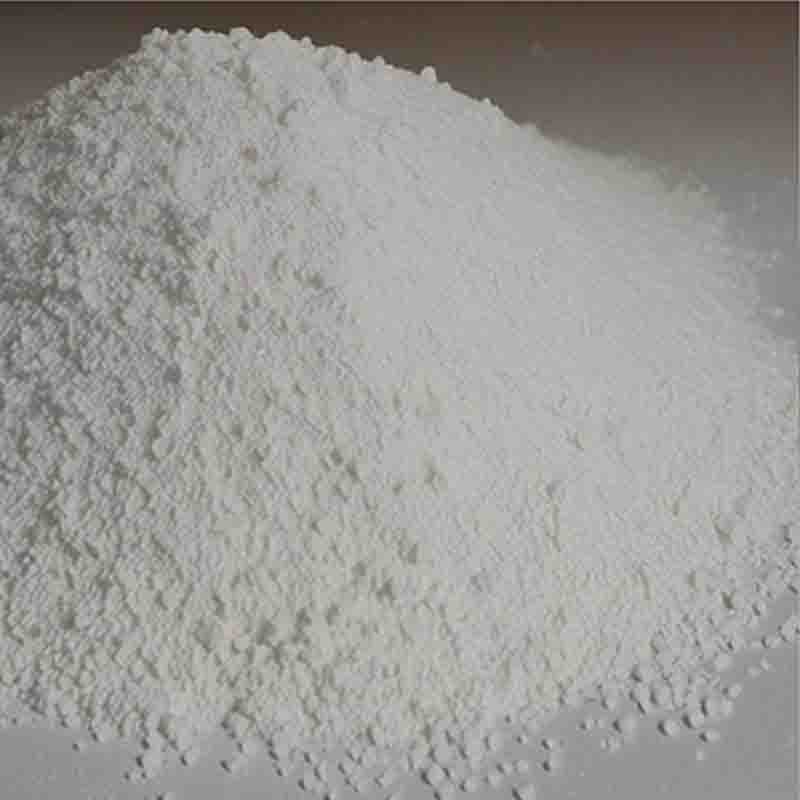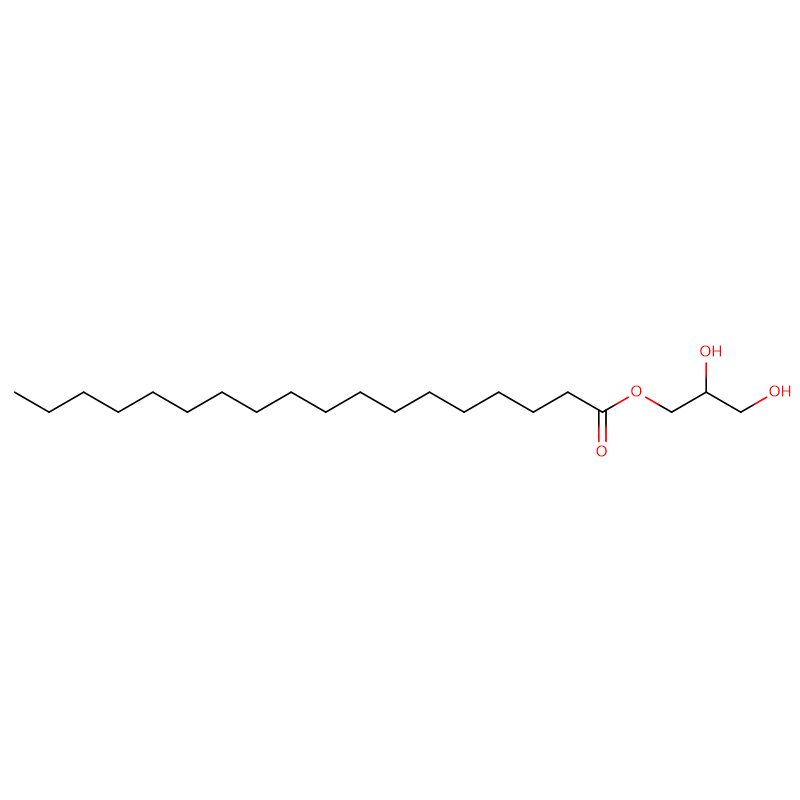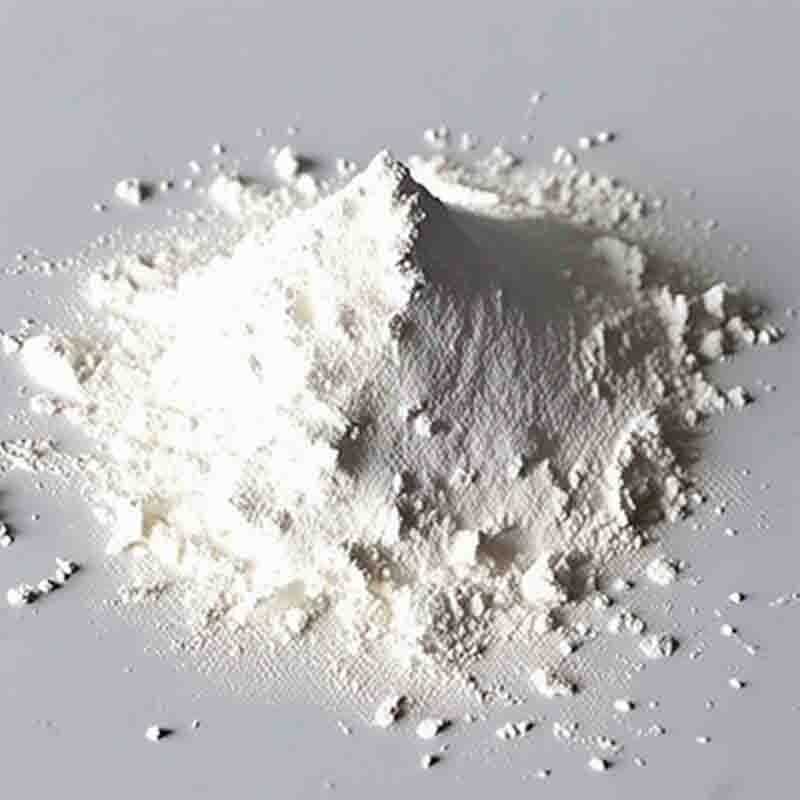2,4,6-Triaminopyrimidine CAS: 108-13-4
| Catalog Number | XD95201 |
| Product Name | 2,4,6-Triaminopyrimidine |
| CAS | 108-13-4 |
| Molecular Formula | C3H6N2O2 |
| Molecular Weight | 102.09 |
| Storage Details | Ambient |
Product Specification
| Appearance | White powder |
| Assay | 99% min |
Malonamide is a chemical compound with various applications in different industries, including the pharmaceutical, agricultural, and chemical sectors.
In the pharmaceutical industry, Malonamide can be used as a pharmaceutical intermediate for the synthesis of various drugs. It serves as a building block in the creation of pharmaceutical compounds with potential therapeutic properties. By introducing specific functional groups or structural modifications, researchers can enhance the desired biological activity or pharmacokinetic properties of the final pharmaceutical products.
Furthermore, Malonamide finds applications in the agricultural industry. It can be utilized as a chelating agent in agricultural formulations and fertilizers. Its ability to form stable complexes with metal ions makes it valuable in enhancing nutrient availability and uptake by plants. Additionally, Malonamide can act as a growth regulator, promoting healthy plant growth and development.
In the chemical industry, Malonamide is used as a chemical intermediate for the synthesis of various organic compounds. It serves as a starting material for the production of dyes, pigments, and specialty chemicals. Its molecular structure and functional groups enable the creation of diverse chemical products with specific properties and applications.
Moreover, Malonamide can be utilized in research and development laboratories as a reagent or catalyst in organic synthesis. Its presence can facilitate the formation of specific chemical bonds or the modification of existing molecules, enabling scientists to create new compounds or improve existing ones.
In conclusion, Malonamide has diverse applications in the pharmaceutical, agricultural, and chemical sectors. Its role as a building block in pharmaceutical synthesis, its contributions to the agricultural industry as a chelating agent and growth regulator, and its versatility in organic synthesis make it valuable in various industries. Continued research and development are expanding the potential applications of this compound in these fields.


